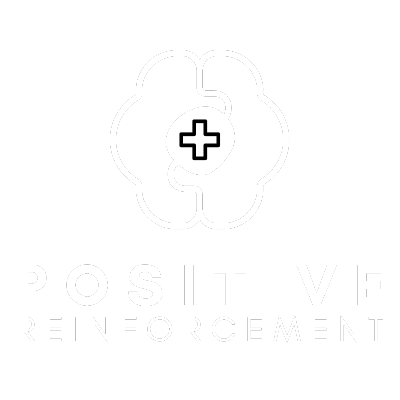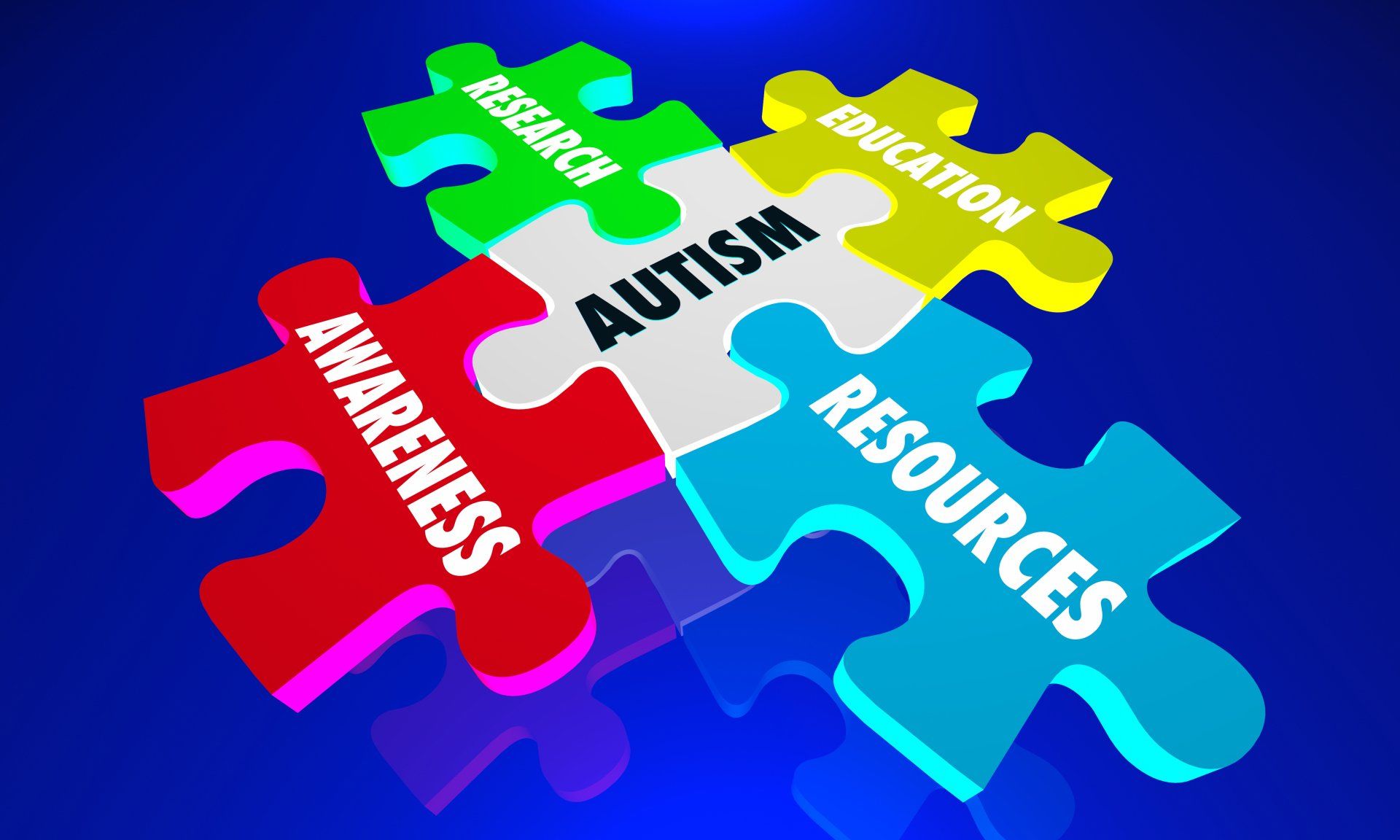What is ABA Therapy?
Positive Reinforcement • July 15, 2021
What is ABA Therapy?
Applied Behavior Analysis Therapy (ABA) is a science of human behavior. It was founded by B.F. Skinner over 70 years ago. ABA Therapy uses an assortment of techniques to increase appropriate behaviors and to decrease interfering behaviors. ABA has been recognized as a safe and effective treatment for all ages with or without disabilities.
ABA programs are specifically designed and developed for each child’s developmental needs. The therapy involves breaking down skills into small and easy steps. Many opportunities are given to practice each skill and progress is measured continuously to challenge the child. To motivate the child, praise or other rewards are given.
Why Choose ABA Therapy?
ABA Therapy focuses on treating challenging behaviors and producing social improvements in human behavior. ABA Therapy is the most widely used program to treat children with autism. Thousands of published research studies document and validate the effectiveness of ABA Therapy.
6 Ways ABA Therapy
Helps People with Autism:
1. Teaches important skills such as social skills, communication skills, and basic life skills.
2. Increases positive behaviors and social interactions.
3. Helps maintain positive behaviors by teaching self-monitoring and self-control.
4. Helps to reduce behaviors that are interfering, such as, self-injury behaviors or screaming.
5. Adjusts the learning environment to limit conditions in which interfering behaviors can occur.
6. Transfers behavior from one situation to another. Example: Completing assignments in a resource room and then transferring that same assignment to a classroom environment.
ABA Therapy begins by breaking skills down to their smallest manageable units in order to expand into more complex and meaningful units. Programs focus on teaching and improving skills, which includes social skills, play skills, self-care skills, receptive language skills, intraverbals, matching skills, and more. The program uses procedures such as: prompting, extinction, reinforcement, shaping, chaining, and fading.
Positive Reinforcement offers ABA therapy in Bluemont, Middleburg, Upperville, Aldie, Chantilly, Manassas, Woodbridge, Winchester, Front Royal, Middletown, Round Hill, Leesburg, Ashburn, Charles Town, Ferguson, Science Hill, Pulaski and More!











